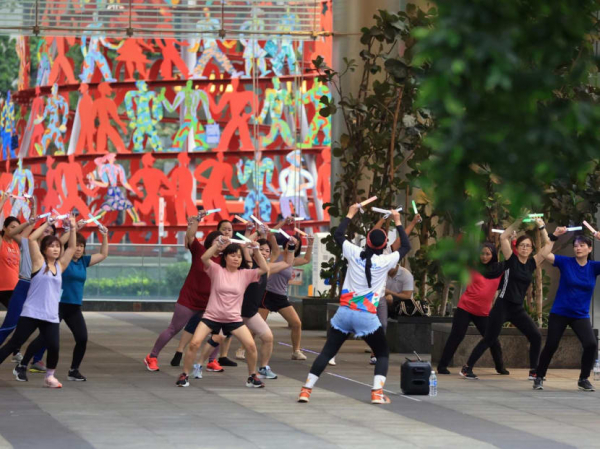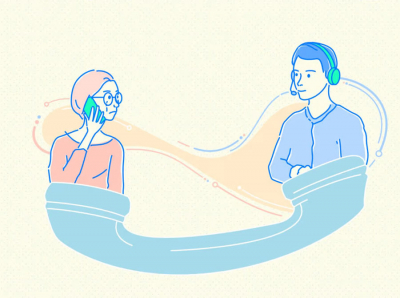Overcoming Inertia: Initiating Exercise When Your Body Protests

Empowering Movement: Overcoming Barriers to Exercise in Modern Life
In the bustling cityscape of Singapore, where time is a luxury and sedentarism lurks as a silent threat, the call to move echoes louder than ever. Yet, despite the undeniable benefits of physical activity, many find themselves trapped in the inertia of daily life, unable to break free and embrace the rhythm of motion.
As the iconic refrain of "I like to move it, move it" from Madagascar suggests, the essence of fitness lies not in grand gestures but in the simple act of moving one's body, irrespective of duration or intensity. Health experts emphasize that even the smallest efforts contribute to building resilience and vitality. Whether it's a brief stroll or a gentle stretch, every movement counts towards nurturing a healthier lifestyle.
However, amidst the clamor of modernity, the siren call of sedentarism grows louder. Joel Chia, a seasoned fitness professional and senior dietitian at Novi Health, warns of the pervasive threat of sedentarism, labeling it a "pandemic" in its own right. Despite the well-documented benefits of regular exercise, statistics paint a grim picture of dwindling physical activity levels and rising obesity rates.
The National Population Health Survey of 2022 revealed a concerning decline in the percentage of Singapore residents meeting recommended physical activity guidelines. Factors such as reduced commuting due to hybrid work arrangements post-Covid-19 have contributed to this downward trend. Concurrently, obesity rates have surged, underscoring the urgent need for collective action to combat the sedentary epidemic.
Yet, despite the mounting evidence and advocacy efforts, many individuals grapple with internal and external barriers that impede their journey towards fitness. From time constraints to lack of motivation, modern life presents a myriad of challenges that sabotage our best intentions.
Nevertheless, amidst these obstacles lies the opportunity for transformation. By recognizing and addressing the barriers to exercise, we can reclaim control over our health and well-being. Through education, support, and collective action, we can cultivate a culture of movement that transcends boundaries and empowers individuals to thrive.
In the face of adversity, let us heed the call to movement. For in the rhythm of our steps and the beat of our hearts, lies the promise of a healthier, happier tomorrow.
In conclusion, the imperative to move is not merely a call to action but a rallying cry for societal change. As we confront the insidious threat of sedentarism and its repercussions on public health, it becomes increasingly evident that the path to wellness lies in collective effort. By dismantling barriers, fostering education, and nurturing support networks, we can pave the way for a future where movement is not just a chore but a celebration of vitality. Let us embark on this journey together, reclaiming our bodies and our lives one step at a time. For in the pursuit of movement, we discover the true essence of health and happiness.


